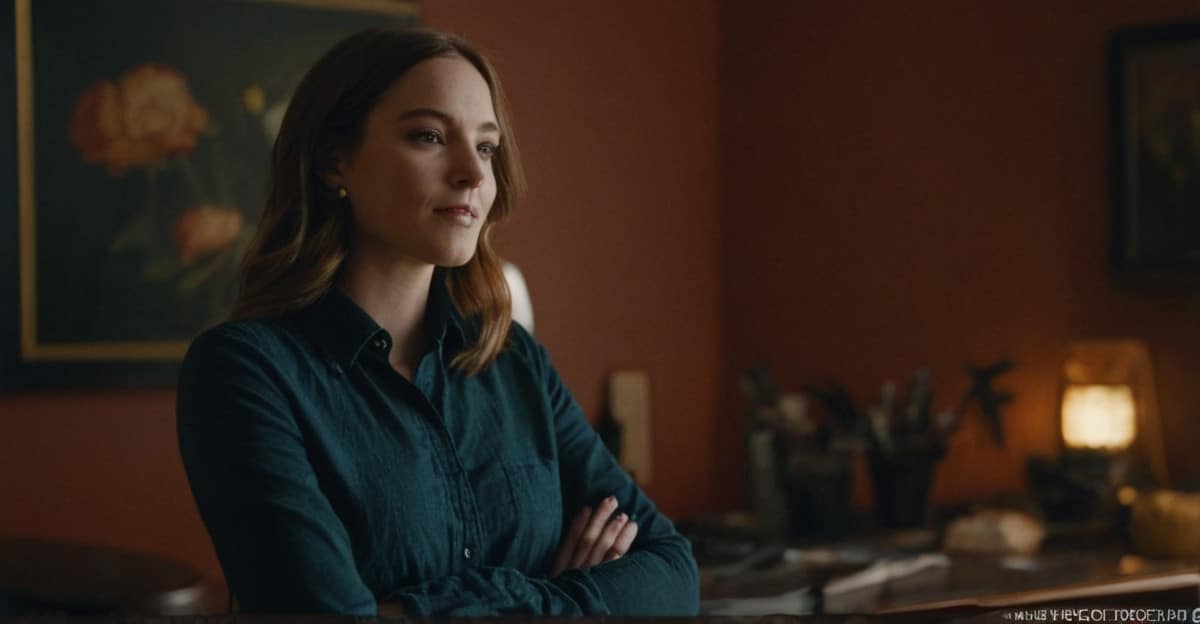
Introduction: The Importance of a Stellar Freelance Artist Portfolio
In the competitive world of freelance art, your portfolio is your calling card. It’s not just a collection of your best works; it’s a reflection of your style, skills, and professionalism. Whether you’re an illustrator, graphic designer, or painter, a well-crafted portfolio can open doors to new opportunities and client relationships. This article will guide you through seven proven strategies to optimize your freelance artist portfolio and boost your career.
1. Curate Your Best Work
One of the most crucial steps in optimizing your portfolio is curating your best work. Quality matters more than quantity. Select pieces that showcase your versatility and expertise. Ensure that each piece is a true representation of your skills and aligns with the type of work you want to attract. Remember, your portfolio is as strong as its weakest piece, so be selective and critical in your choices.

2. Keep It Updated
An outdated portfolio can be a red flag to potential clients. Regularly update your portfolio with your most recent and relevant works. This not only demonstrates your current capabilities but also shows that you’re active in your field. Whether it’s a new project or a piece that received significant recognition, make sure your portfolio reflects your latest achievements and skills.
3. Showcase Your Unique Style
Your unique style is what sets you apart from other artists. Make sure your portfolio highlights your individuality and creative voice. Include pieces that best represent your artistic identity. This will help potential clients understand what they can expect from you and why they should choose you over someone else. Consistency in style can also make your portfolio more cohesive and memorable.

4. Provide Context for Each Piece
Don’t just display your work; tell the story behind it. Providing context for each piece can give clients insight into your creative process and thought behind the work. Include brief descriptions, the challenges you faced, and the solutions you implemented. This not only adds depth to your portfolio but also showcases your problem-solving skills and ability to deliver under different circumstances.
5. Optimize for SEO
To ensure your portfolio reaches a wider audience, optimizing it for search engines is essential. Use relevant keywords in your project titles, descriptions, and image alt texts. This will help your portfolio rank higher in search engine results. Additionally, ensure your website is mobile-friendly and has a fast loading speed, as these factors also influence your SEO ranking.
6. Include Client Testimonials
Client testimonials can add significant value to your portfolio. They provide social proof of your skills and reliability. Reach out to past clients and ask for feedback that you can showcase on your portfolio. Positive testimonials can build trust and reassure potential clients that you deliver quality work and are pleasant to work with.
7. Make It Easy to Navigate
An aesthetically pleasing portfolio is important, but so is usability. Ensure your portfolio is easy to navigate with a clean and intuitive layout. Categorize your works logically, and include a search function if you have a large number of pieces. An easy-to-navigate portfolio can enhance the user experience and keep potential clients engaged for longer periods.
Conclusion: Elevate Your Freelance Career with an Optimized Portfolio
Optimizing your freelance artist portfolio is a continuous process that requires attention to detail and regular updates. By curating your best work, keeping it updated, showcasing your unique style, providing context, optimizing for SEO, including client testimonials, and making it easy to navigate, you can create a powerful portfolio that sets you apart from the competition. Implement these strategies, and watch your freelance career soar.






